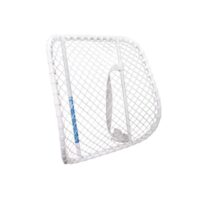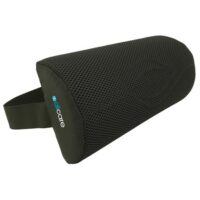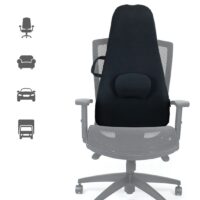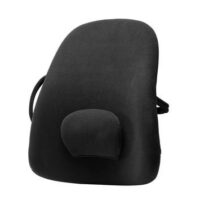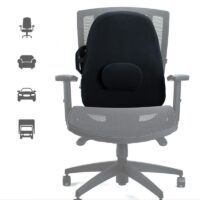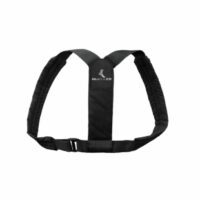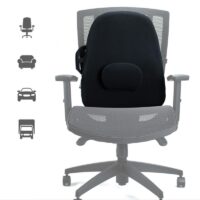Posture FAQs
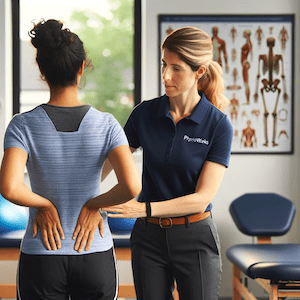
Your Guide to Better Posture
Welcome to your comprehensive resource for improving posture! Here, we’ll discuss common posture-related queries, provide tips for enhancing it, and share insights on maintaining proper posture.
Discover Quick Posture Correction Techniques
Discover effective methods to quickly improve your posture and realign your body. Address long-term posture issues and learn the steps for gradual improvement. These techniques include simple exercises and adjustments you can make throughout your day to enhance your posture.
Why Good Posture Matters
Good posture is crucial for overall health and daily life. Maintaining proper alignment reduces strain on muscles and joints, preventing pain and discomfort. It also boosts your confidence and energy levels. Poor posture can lead to issues like back pain, headaches, and even digestive problems.
Sitting with the Right Posture
Sitting correctly involves more than just keeping your back straight. Incorporate ergonomic principles to support your spine and reduce strain. Adjust your chair height, use lumbar support, and ensure your feet are flat on the floor. Taking regular breaks to stand and stretch can also help maintain good posture.
Enhance Your Standing Posture
Maintaining an optimal standing posture promotes balance and reduces muscle tension. Stand with your feet hip-width apart, distribute your weight evenly, and keep your shoulders back. Strengthening your core muscles through exercises like planks can improve your standing posture over time.
Sleeping Postures for a Healthier You
The way you sleep can significantly impact your posture. Sleeping on your back with a pillow under your knees supports your spine’s natural curve. If you prefer sleeping on your side, place a pillow between your knees to maintain proper alignment. Avoid sleeping on your stomach, as it can strain your neck and back.
Products for Better Posture
Several products can assist in maintaining proper posture during daily activities. Ergonomic chairs, standing desks, and lumbar support cushions are excellent investments. Posture braces and wearable devices that remind you to straighten up can also be beneficial.
Demystifying Posture Trainers
Posture trainers can be effective tools for enhancing posture and improving body alignment. These devices provide gentle reminders to maintain proper posture throughout the day. However, they should be used in conjunction with exercises and lifestyle changes for the best results.
Understanding and Improving Back Posture
Correcting back posture is essential to prevent pain and discomfort. Identify common issues like rounded shoulders or an exaggerated lumbar curve. Exercises like rows and back extensions can strengthen your back muscles, promoting better posture.
Addressing Neck Posture for Better Health
Proper neck posture is crucial to avoid strain and tension. Ensure your computer screen is at eye level and avoid hunching over your phone. Gentle neck stretches and strengthening exercises can help maintain proper neck alignment.
Overcoming Bad Posture
Identifying bad posture habits is the first step to correcting them. Whether it’s slouching at your desk or leaning to one side, recognising these habits allows you to make conscious corrections. Strategies like setting reminders to check your posture and incorporating posture exercises into your routine can promote better alignment and health.
Effective Posture Exercises
Exercises specifically designed to improve posture can strengthen muscles and promote alignment. Incorporate activities like yoga, Pilates, and strength training into your routine. Focus on exercises that target the core, back, and shoulder muscles.
Seek Professional Guidance
Sometimes professional guidance from a healthcare professional trained in posture assessment and correction is just what you need. Book a posture assessment with one of our physiotherapists to fast-track your posture correction. By applying our advice, you’re on the path to a healthier, more confident version of yourself!
Conclusion
Improving your posture can lead to significant health benefits, including reduced pain, better alignment, and increased confidence. Incorporate these tips and techniques into your daily routine, and don’t hesitate to seek professional advice for personalised guidance.
What to Do?
If you’re struggling with posture issues, it’s time to seek professional advice from your physiotherapist. They can provide personalised assessments and develop a tailored plan to help you achieve better posture.



